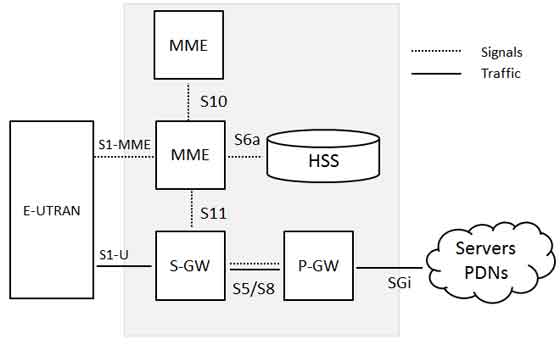What is Wireless Emergency Alert (WEA): A Critical Tool for Public Safety
telcomatraining.com – In an increasingly interconnected world, ensuring public safety is paramount, especially during natural disasters or other emergencies. One tool that has proven to be essential in achieving this is the Wireless Emergency Alert (WEA) system. Designed to deliver vital information quickly and directly to individuals in affected areas, WEA serves as a critical component of emergency management efforts.
Understanding Wireless Emergency Alerts
The Wireless Emergency Alert (WEA) is a public safety system in the United States, launched by the Federal Communications Commission (FCC) and the Federal Emergency Management Agency (FEMA). It allows authorized government authorities to send urgent alerts to individuals’ mobile devices, such as smartphones and tablets. The system is used to broadcast emergency messages about imminent or ongoing hazards, including severe weather, natural disasters, local emergencies, or national security threats.
Wireless Emergency Alerts differ from traditional broadcast alerts in that they target specific geographic areas. This means that the messages sent through WEA are highly localized, ensuring that only individuals in affected areas receive the alerts. This is a significant advantage during emergency situations, as it helps avoid unnecessary panic and focuses on reaching those who are most at risk.
How Does WEA Work?
The WEA system works by tapping into the cell towers across the country. When a local, state, or federal agency issues an emergency notification, the message is transmitted directly to cell towers in the affected area. These cell towers then push the message to all mobile devices within range, provided the user’s phone is enabled to receive such alerts. The messages can include information such as evacuation instructions, severe weather warnings, or Amber Alerts.
Types of Alerts Sent via WEA
There are several types of alerts that can be sent through the Wireless Emergency Alert system:
- Presidential Alerts: These are used only by the President of the United States during national emergencies, ensuring that critical information reaches every person in the country.
- Imminent Threat Alerts: These include warnings about natural disasters, such as tornadoes, earthquakes, floods, or hazardous materials spills. They are sent when immediate action is needed to protect life and property.
- AMBER Alerts: These are sent when a child has been abducted, providing details about the child and the suspect to help locate and safely return the child.
- Public Safety Alerts: These are used for various types of public emergencies, such as wildfires, hazardous conditions, or other incidents requiring immediate public attention.
Benefits of WEA for Public Safety
The Wireless Emergency Alert system offers numerous benefits for public safety:
- Timely Alerts: WEA provides fast and accurate warnings, which are essential in situations where every second counts, such as during a tornado or earthquake.
- Targeted Messaging: Since the alerts are localized, they only reach individuals in specific areas, reducing the risk of unnecessary alarm in unaffected regions.
- Wide Reach: Almost every mobile phone in the U.S. is capable of receiving WEA messages, ensuring that the public is kept informed during emergencies, even if they do not have access to a radio or television.
- Public Awareness: Regular testing and use of WEA messages increase public awareness and preparedness. People become familiar with the types of alerts and how to respond to them, which ultimately helps save lives.
Ensuring Accessibility and Effectiveness
In order to ensure that Wireless Emergency Alerts are as effective as possible, there are several key considerations. For instance, messages must be clear, concise, and accessible to individuals with disabilities. Text-to-speech technology and visual alerts are integrated to ensure that both hearing and visually impaired individuals can receive critical information.
Moreover, it’s essential for citizens to ensure their mobile devices are configured to receive these alerts. Most phones today are automatically set to accept WEA messages, but users should check their settings to confirm that they are enabled. Disabling WEA alerts can put individuals at risk by depriving them of essential safety notifications.
The Future of Wireless Emergency Alerts
As technology continues to evolve, the Wireless Emergency Alert system will likely become even more advanced. Future improvements might include more detailed geographic targeting, real-time updates during ongoing events, and integration with other emergency communication systems, like social media platforms and smart home devices.
Furthermore, expanding WEA to include more languages or incorporating multilingual capabilities will improve the system’s accessibility to diverse communities. This is especially important in a multicultural society, where language barriers may otherwise prevent individuals from receiving timely and crucial alerts.
Conclusion
The Wireless Emergency Alert system is an invaluable tool for ensuring public safety during emergencies. By delivering localized, timely alerts, it helps mitigate the impact of disasters and enables individuals to make informed decisions about their safety. As technology advances, it is expected that WEA will continue to improve and adapt to the evolving needs of communities, further strengthening public safety efforts. In today’s world, where time and information are critical, Wireless Emergency Alerts (WEA) truly play a central role in safeguarding lives.







